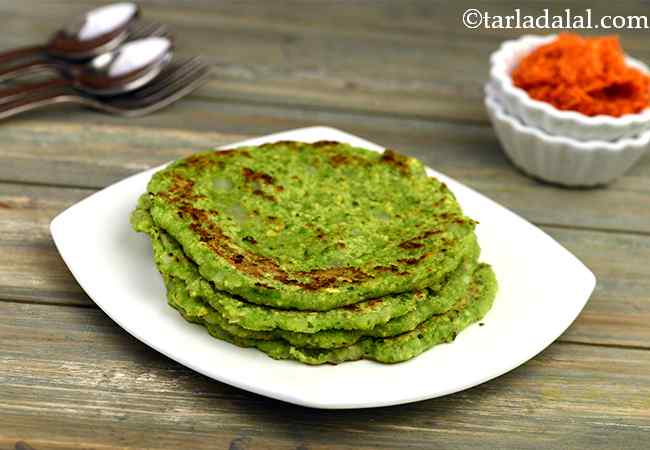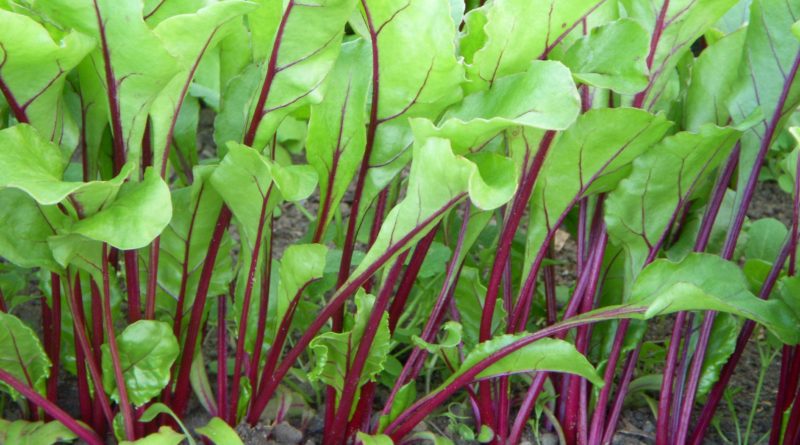Indian Vegetables You Must Include In Your Diet
Anybody trying to lose weight is advised to switch to a low-calorie diet by health experts. What you eat produces energy, which is measured as calories. Excessive calories, especially empty calories, increase the weight of the body. If we eliminate calories from our diet, it may also lead to a scarcity of energy in the body. That’s why it is imperative to replace high-calorie foods with those foods that are not just low in calories but also contain a good amount of proteins. Proteins are large and complex macronutrients made up of amino acids. Proteins add to the muscle mass and accelerate metabolism, hence, are a must-have nutrient for those wanting to slim down and build lean mass. Thankfully, there are many Indian Vegetables that meet this requirement.
Also, Read ‘Mummy ke Nuskhe’ to International Foods
What is a High protein and Low-Calorie Diet?
Protein is one of the three macronutrients, along with carbs and fat. In your body it performs the following roles:
- Repair and maintenance: Protein is the main component of your muscles, bones, skin, and hair. These tissues are continuously repaired and replaced with new protein.
- Hormones: Chemical messenger proteins allow cells and organs in your body to communicate with each other.
- Enzymes: Most enzymes are proteins, and the thousands of chemical reactions that take place throughout your body are driven by them.
- Transportation and storage: Some proteins help deliver important molecules where they’re needed. For example, the protein hemoglobin carries oxygen to your body’s cells.
Proteins are made of smaller units, Amino acids. Some foods provide better proteins based on their amino acid profile.

Generally speaking, animal products are considered “complete protein” because they contain all the essential amino acids in the optimal amounts that your body needs. These include eggs, dairy, meat, fish, and poultry.
So what are the Indian Vegetables we have on the list for high protein and low-calorie intake?
Spinach:
Spinach is one of the most nutrient-dense leafy green vegetables a person can eat.
The protein in spinach contains all essential amino acids. One cup of spinach contains 121 mcg of vitamin K, which is just over 100% of a person’s daily needs. Spinach is also a rich source of folate, vitamin A, and vitamin C. It is a good source of magnesium, iron, and potassium, and a decent source of calcium.
Here’s a breakfast recipe by Jamie Fisher @bakingyouhappier
Cauliflower:
Like broccoli, cauliflower provides a high amount of protein for the number of calories it delivers.
Cauliflower is a very rich source of vitamin C and a good source of vitamin K. It also contains some calcium, iron, magnesium, and phosphorous. Cauliflower also contains a high amount of a particular glucosinolate compound called sinigrin, which may have anticancer, antioxidant, and anti-inflammatory properties.
Here’s a recipe by The hobbyist chef @yum_khana
Drumsticks/Moringa
“Drumsticks” as a vegetable are the immature seed pods of Moringa oleifera, a fast-growing, medium-sized, drought-resistant tree that is native to the Himalayan foothills and today widely cultivated in tropical and sub-tropical areas from Asia to Africa and Latin America.
Indian Vegetables- Drumsticks are high in vitamin C, and a good source of dietary fiber, potassium, magnesium, and manganese. Drumstick leaves are highly nutritious not only for their protein content – they are also packed with beta-carotene, vitamin C, calcium, potassium, and iron.
Make sure to chew the leaves well to assimilate the maximum amount of nutrients. One of the best immunity boosters to have in the pandemic situation.
Now let’s get to the drumstick soup recipe by Dhawani Gaala @dhawanigaala11 .
Sprouted Moong
Mung beans (Vigna radiata) are small, green beans that belong to the legume family. They have been cultivated since ancient times. While native to India, mung beans later spread to China and various parts of Southeast Asia.
Mung beans are incredibly versatile and typically eaten in salads, soups, and stir-frys.
Since mung beans are also consumed sprouted, it’s important to note that sprouting changes their nutritional composition. Sprouted beans contain fewer calories and more free amino acids and antioxidants than unsprouted ones. Mung beans are a good source of potassium, magnesium, and fiber, which have been linked to lower pressure levels in adults with and without high blood pressure.
Mung beans are high in fiber and protein, which can help you lose weight.
A simple recipe by Fooddicious :
Green Peas
Green peas are popular Indian vegetables. They are also quite nutritious and contain a fair amount of fiber and antioxidants. Research shows they may help protect against some chronic illnesses, such as heart disease and cancer.
Strictly speaking, green peas are not vegetables. They are part of the legume family, which consists of plants that produce pods with seeds inside. Lentils, chickpeas, beans, and peanuts are also legumes.
However, green peas are commonly cooked and sold as a vegetable and this article will refer to them as such. You can find them in frozen, fresh, or canned varieties.
Two recipes with Paneer and Mattar both high in proteins. Chef Meenu presents two dishes:
Also Read PCOS and Healthy Living





Article is very informative.I tried recipe of Aloo Gobhi Jeera spicy. Vegetable as per Hobbyist chef’s method and believe me it was yumm…..Drumsticks and moving sprouts are very nutritious and I use frequently in my diet.thanks Manushi and Apoorva (@yum_Khana)